If you said “No” to Focus Groups for UX…
First, if you said “Yes”, you should join this upcoming Masterclass: Market Research v. User Research.
Next, if you said “No”, then why do so many UX books you read casually mention Focus Groups as if they are still valid for UX work? Even the “top team” at Nielsen Norman Group (NNg) mentions Focus Groups without giving them the condemnation they deserve.
If we trace the naivety in the UX field, we still see many UX consultants and authors (some who should know better) offering Focus Groups and Surveys as equal to other UX Research techniques.
A trip down memory lane…
In 1997 Jakob Nielsen (NNg) said: “Focus groups are a somewhat informal technique that can help you assess user needs and feelings both before interface design and long after implementation”.
Like anyone has time for that? Also, who cares about “feelings” when you are trying to influence behaviors– “Can you configure my damn widget or not?”
Forward 25 years, and a more accurate set of advice appears from NNg staffer Therese Fessenden who delivered a mixed message. First, she says: “Well-run focus groups help gather some initial feedback from a group of people. However, their bias potential makes them insufficient as a standalone research method.” In the UX field we should stop right there and not try and bend Focus Groups toward our will. A stronger message came from Pine & Gilmore in 2001, in their article Focus Pocus where they rightly condemned Focus Groups as generators of nonsense.
This marked the end of using Market Research to do User Research– at least for some.
Secondary authors (not core UX people but those who write about it in related topic books), continue to plug Focus Groups. For Fessenden, she says Focus Groups can still be reconciled if you adjust your techniques and run them as a workshop (so Participatory Design?): “Focus groups don’t accurately predict future behavior. However, they can help gauge attitudes and guide future exploration, thus avoiding wasted research time. Still, they should be considered a starting point to further research, rather than a validation step.”
Again, why bother with watered-down soup that requires careful preparation and risk-dampening in order to produce less nonsense?
So, why are UX people still confused about Focus Groups?
Probably because Market Research grew alongside User Research, which sort of emerged out of R&D labs in the 90s. Market Research was then influenced by UX and Behavioral Science (Do vs Say) in the 2000s. Even though Market Research and CX professionals cross over into UX domains (see CX vs UX), it is still healthy to honor distinctions. Why?
Because Market Research primarily focuses on understanding the broader market landscape. Its objectives are to analyze market trends, competitive dynamics, consumer segments, and the overall demand for products or services. The insights obtained from market research help businesses identify market opportunities, assess product viability, and create effective marketing strategies. It is more concerned with the “what” and “why” of consumer behavior.
On the other hand, User Research centers on understanding individual users, their needs, habits (unconscious reasons for doing things), workflows, tasks, and pain points. Its main agenda is to provide a deep understanding of the end-users to inform product design and development…all the way down to the UI or widget level. User research is concerned with the “how”, “where”, “when” and “why” of user interactions with a product or service (in short, context of use), aiming to create user-centric solutions that meet specific user requirements.
User Research concerns itself with User Adoption, which a Focus Group, for example, will skew due to Group Dynamics or having conducted Focus Groups, I can describe as the phenomenon of “humans lying and distorting when they get together in a fancy room with a one-way mirror.”
It’s likely many authors recommend Focus Groups, because “hey, if NNg says they are good…”; or they haven’t conducted them before to know they are two-degrees north of useless to UX insight needs.
Is Market Research bad?
Not at all. In fact, Market Research comes first in UX. It should help business teams think through decisions with market perceptions, opportunities and sentiment for example. However, User Research should come next, acting as a balancing partner to Market Research, providing a User Advocacy perspective…while providing tangible design direction to Interaction Designers, Product Managers and Devs.
The danger is confusing the two as equal– they are not. Relying solely on market research may provide a broader market perspective but may overlook critical user insights required for designing user-centric products.
Do you think Market Research is appropriate for UX?
Join Frank Spillers on August 10th to unpack this and related topics in Market Research vs User Research Masterclass…








